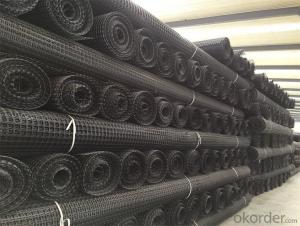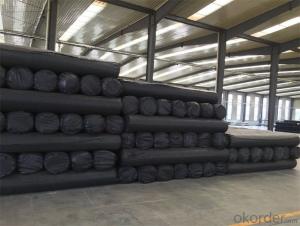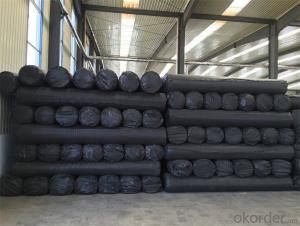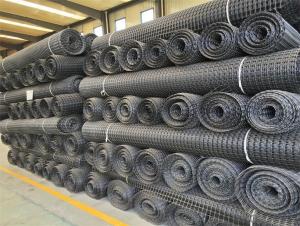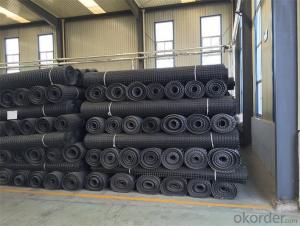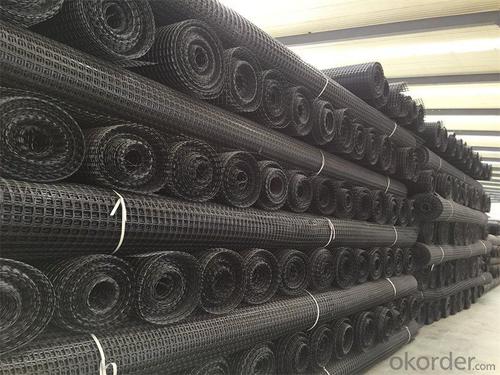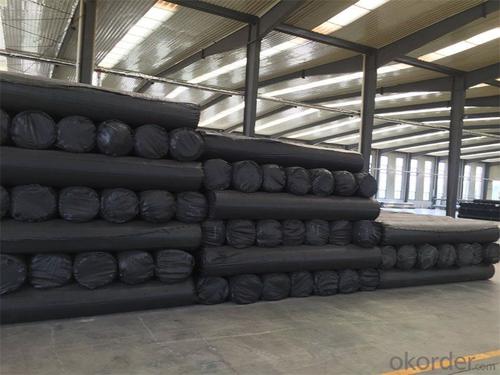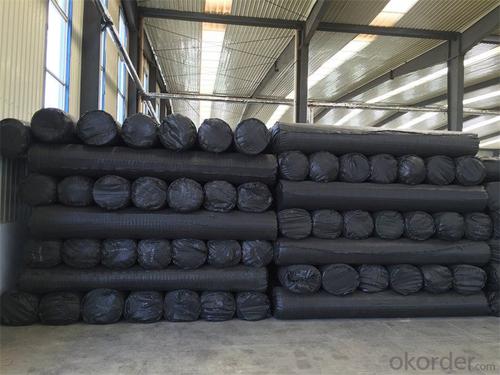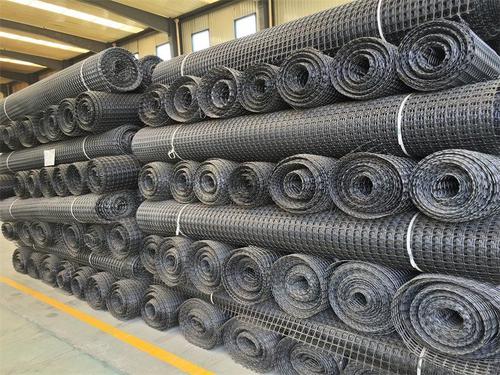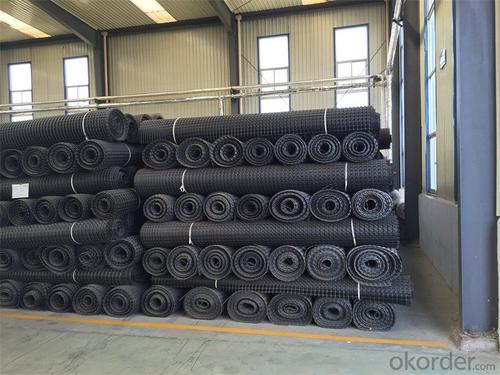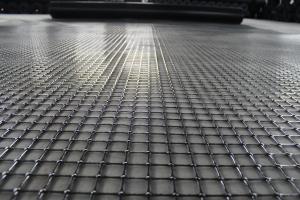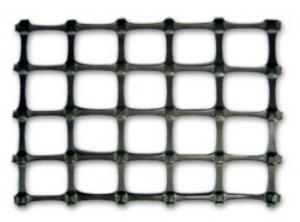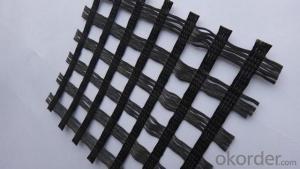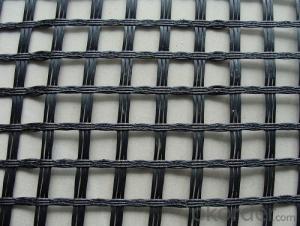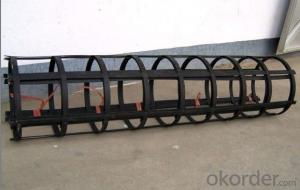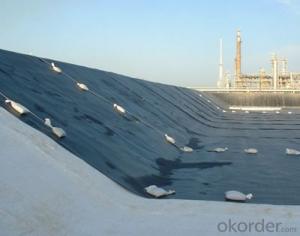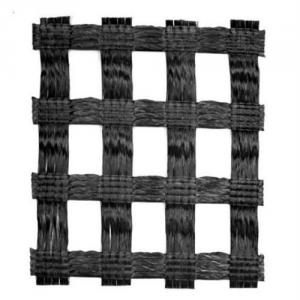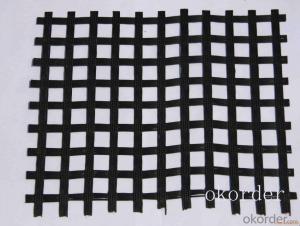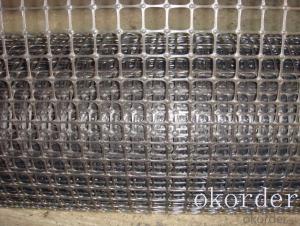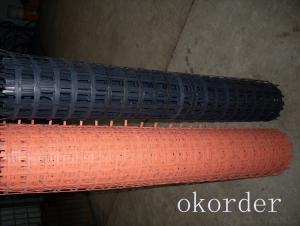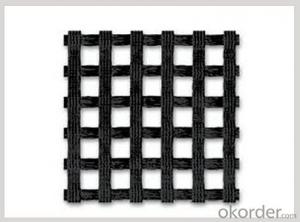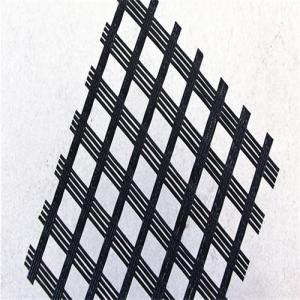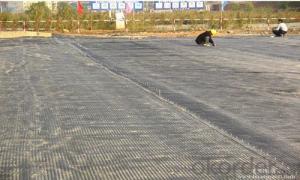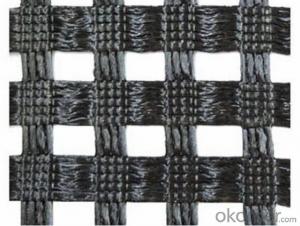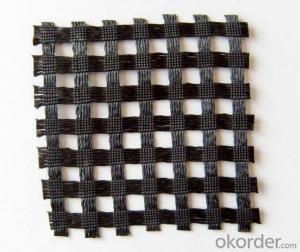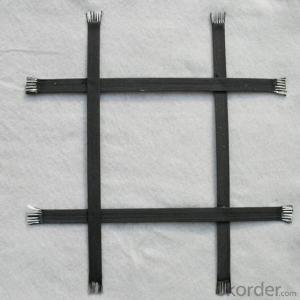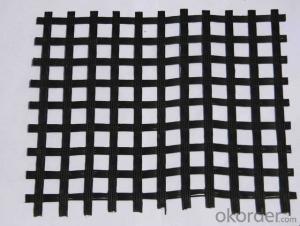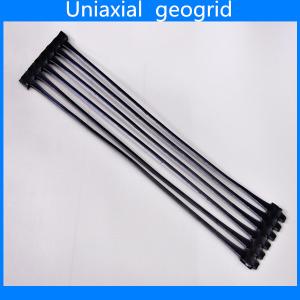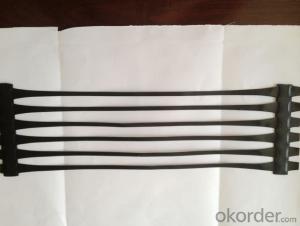High-Density Polyethylene Geogrids for High Strength Fiberglass Geogrid in Civil Engineering Construction
- Loading Port:
- China main port
- Payment Terms:
- TT OR LC
- Min Order Qty:
- 1000 m²
- Supply Capability:
- 10000000 m²/month
OKorder Service Pledge
OKorder Financial Service
You Might Also Like
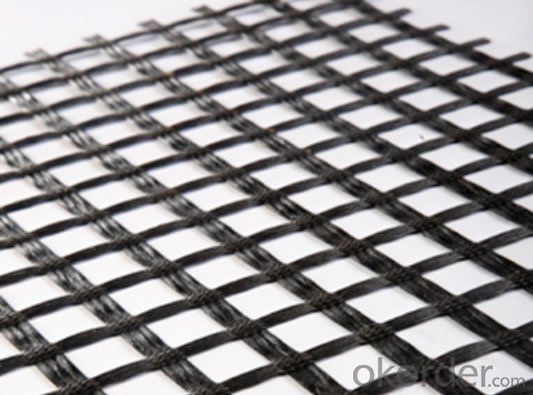
Introduction
Geogrid is widely used in civil construction over the whole world. It is manufactured on the basis of high-impact polyethylene and polypropylene. Geogrids are used as reinforcement materials on mellow soils for railway and car roads, parking places, landing grounds and for the reinforcement of bridge piers, slopes and earth banks, for erosion protection of slopes.
1)fiberglass geogrid with CE certificate
2)Materials:fiberglass
3) Tensile strength:MD/CD:30 ~ 200kn/m
4)WIdth:1 ~ 6m
Material Major Advantages
Geogrid application is a way of soil reinforcement, On soil surface a plate is created according to the thickness of a corresponding geogrid: 50 mm, 100 mm, 150 mm, 200 mm (this standard range of products is manufactured by “Technostroytex” LLC).
Our Service
Quality assurance
1.On a regular basis or as per your request,we entrust national testing agencies to conduct quality inspections
2. Strictly in accordance with the ISO9001-2008 international quality system standard,we monitor and manage the whole process throughout production,quality testing,and measurement to ensure product quality
3. For quality-related construction delay or substandard construction(except for damage or losses due to customer’s responsibility or irresistible natural disasters),we have refunding,replacement,and repair services.We will respond to customers’ feedbacks on quality issues within 24 hours.
Packaging & Shipping
Packing: PLASTIC FILM INSIDE, AND WOVEN BAG OUTSIDE
Shipping: About 15 days after receipt the deposit
FAQ:
Q: What kind of payments does jenor support?
A: T/T, L/C, Cash are accepted.
Q: Do you charge for the samples?
A: Accordeing to our company policy, the samples are free, we only charge the freight fee. And we will return the freight fee during the next order.
Q: Can you produce according to customers' design?
A: Sure, we are professional manufacturer, OEM and ODM are both welcome.
Q: Do you have other products?
A: Yes, please check the pictures:
Our Service
Quality assurance
1.On a regular basis or as per your request,we entrust national testing agencies to conduct quality inspections
2. Strictly in accordance with the ISO9001-2008 international quality system standard,we monitor and manage the whole process throughout production,quality testing,and measurement to ensure product quality
3. For quality-related construction delay or substandard construction(except for damage or losses due to customer’s responsibility or irresistible natural disasters),we have refunding,replacement,and repair services.We will respond to customers’ feedbacks on quality issues within 24 hours.
Packaging & Shipping
Packing: PLASTIC FILM INSIDE, AND WOVEN BAG OUTSIDE
Shipping: About 15 days after receipt the deposit
FAQ:
Q: What kind of payments does jenor support?
A: T/T, L/C, Cash are accepted.
Q: Do you charge for the samples?
A: Accordeing to our company policy, the samples are free, we only charge the freight fee. And we will return the freight fee during the next order.
Q: Can you produce according to customers' design?
A: Sure, we are professional manufacturer, OEM and ODM are both welcome.
Q: Do you have other products?
A: Yes, please check the pictures:
- Q: How do geogrids improve the stability of levees?
- Geogrids improve the stability of levees by providing reinforcement to the soil structure. They are designed to distribute the forces exerted by the soil and help prevent erosion and slope failure. Geogrids act as a stabilizing mechanism by increasing the strength of the levee, reducing the potential for settlement, and enhancing its overall stability.
- Q: What is a one-way plastic geogrid
- The plastic geogrid is a kind of polymer material with square or rectangular shape which is formed by stretching, and it can be used as two kinds of uniaxial tension and biaxial tension. The utility model is punched on the extruded polymer plate (raw material is polypropylene or high-density polyethylene), and then directionally stretched under the heating condition. The unidirectional stretching grid is only drawn along the length direction of the plate, and the bidirectional stretching grid is made by stretching the unidirectional stretching grid in the direction perpendicular to the length.
- Q: How do geogrids improve the performance of geotextile sediment control tubes?
- Geogrids improve the performance of geotextile sediment control tubes by providing additional strength and stability. They enhance the tube's ability to retain sediment by preventing internal erosion and maintaining its shape under external forces. This combination of geogrids and geotextiles helps to effectively control erosion and sedimentation in various applications.
- Q: How do geogrids help in reducing the risk of soil erosion?
- Geogrids help in reducing the risk of soil erosion by providing reinforcement and stabilization to the soil. They are typically made of high-strength materials like polyester or polypropylene, which are resistant to degradation and can withstand heavy loads. When placed in soil, geogrids create a network of interconnected cells that increase the soil's resistance to erosion caused by water flow or wind. This reinforcement prevents the soil particles from being displaced, maintaining the integrity of the slope or embankment. Geogrids also improve soil drainage, allowing excess water to pass through and reducing the likelihood of erosion. Overall, geogrids act as a physical barrier against erosion forces, enhancing the stability and longevity of soil structures.
- Q: Can geogrids be used in ground stabilization for telecommunications infrastructure?
- Yes, geogrids can be used in ground stabilization for telecommunications infrastructure. Geogrids are commonly used in civil engineering projects to reinforce and stabilize soil, making them suitable for supporting the weight and load of telecommunications infrastructure such as towers, poles, and cables. They can effectively improve the soil's strength and prevent settlement, ensuring the stability and longevity of the infrastructure.
- Q: Are there any specific requirements for geogrid installation in road construction?
- Yes, there are specific requirements for geogrid installation in road construction. Geogrids should be properly placed and secured at the correct depth and orientation to effectively reinforce the soil and distribute the load. They should be installed on a stable and properly prepared base, with adequate overlap and connection strength. Additionally, compacted fill material should be placed and compacted in layers over the geogrid to ensure proper interlocking and load transfer.
- Q: Are geogrids suitable for use in soft soil conditions?
- Yes, geogrids are suitable for use in soft soil conditions. Geogrids are engineered materials that provide reinforcement and stabilization to soils. They are specifically designed to improve the strength and stability of weak or soft soils. By distributing the loads and reducing soil movement, geogrids can effectively enhance the performance of the soil, making them a suitable solution for soft soil conditions.
- Q: How is a geogrid different from other geosynthetic materials?
- A geogrid is a type of geosynthetic material that is specifically designed to provide structural reinforcement and stabilization to soil and other materials. Unlike other geosynthetic materials such as geotextiles or geomembranes, which are primarily used for filtration, separation, or containment purposes, geogrids are characterized by their high tensile strength and open-grid structure. This unique design allows geogrids to effectively distribute loads and confine soil particles, improving the overall stability and performance of the soil or aggregate.
- Q: Do geogrids provide reinforcement to geosynthetic liners?
- No, geogrids do not provide reinforcement to geosynthetic liners. Geogrids are typically used for soil reinforcement applications, such as stabilizing slopes or retaining walls, while geosynthetic liners are used for containment purposes, such as lining landfills or ponds.
- Q: Is the test items within the inspection listAcceptance specification
- Stagger distance. About these items
Send your message to us
High-Density Polyethylene Geogrids for High Strength Fiberglass Geogrid in Civil Engineering Construction
- Loading Port:
- China main port
- Payment Terms:
- TT OR LC
- Min Order Qty:
- 1000 m²
- Supply Capability:
- 10000000 m²/month
OKorder Service Pledge
OKorder Financial Service
Similar products
Hot products
Hot Searches
Related keywords
